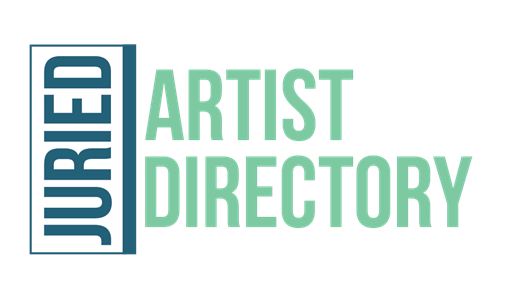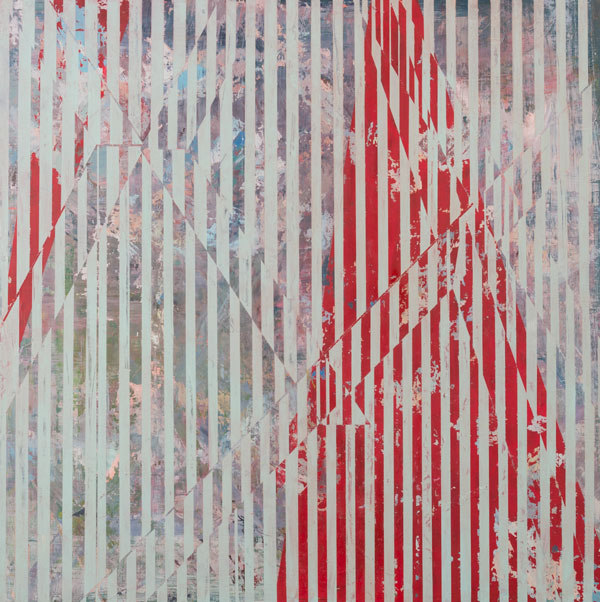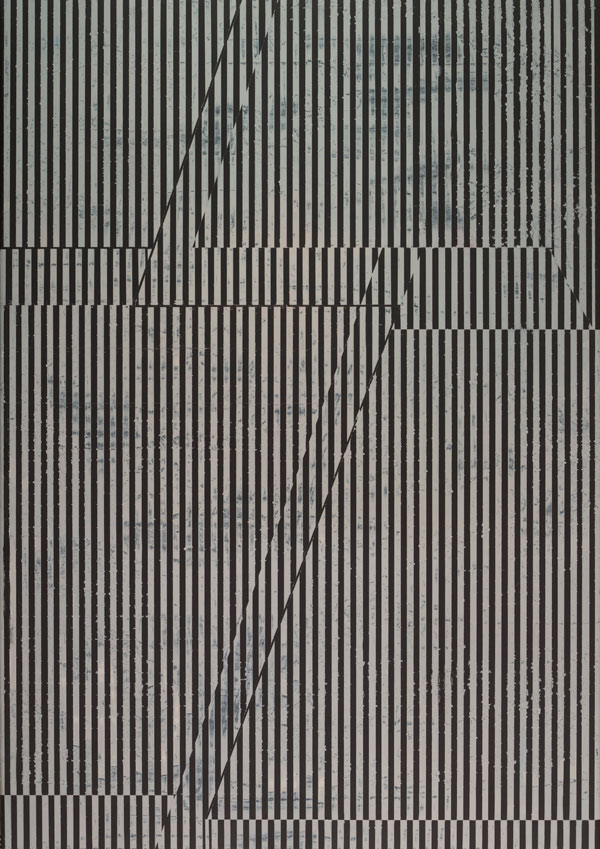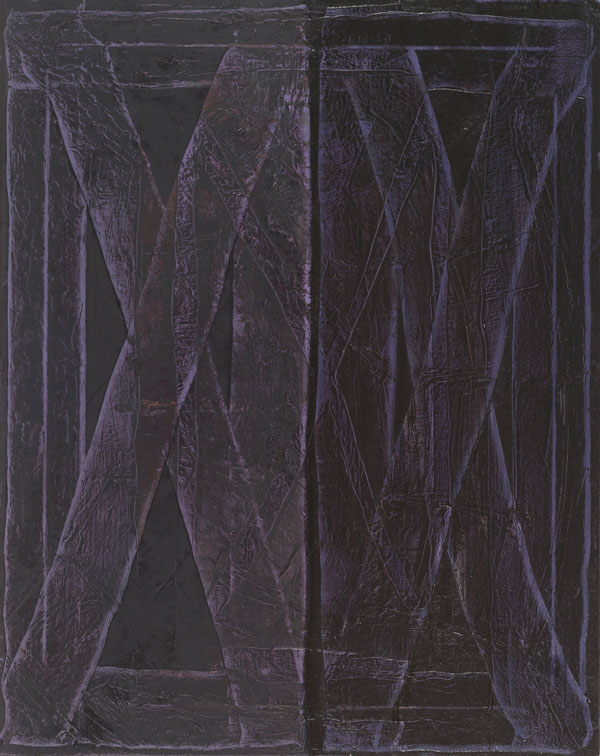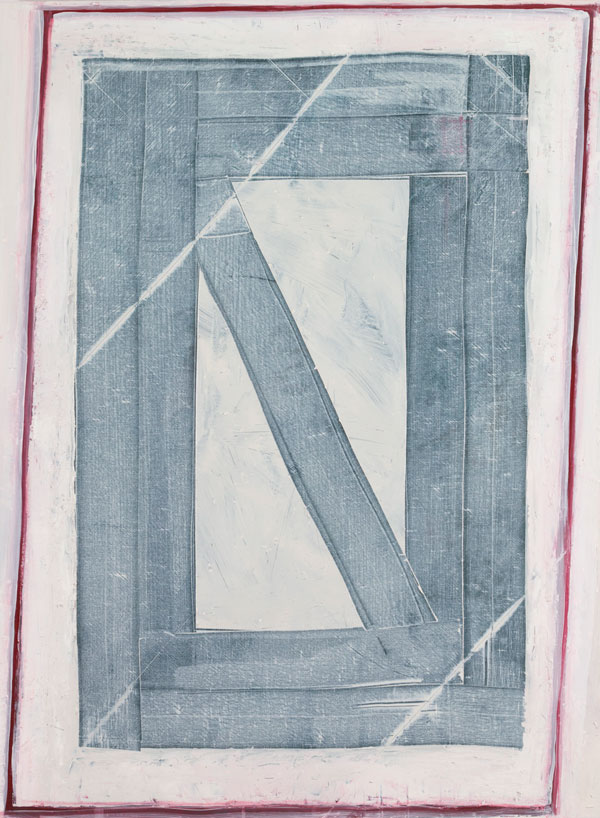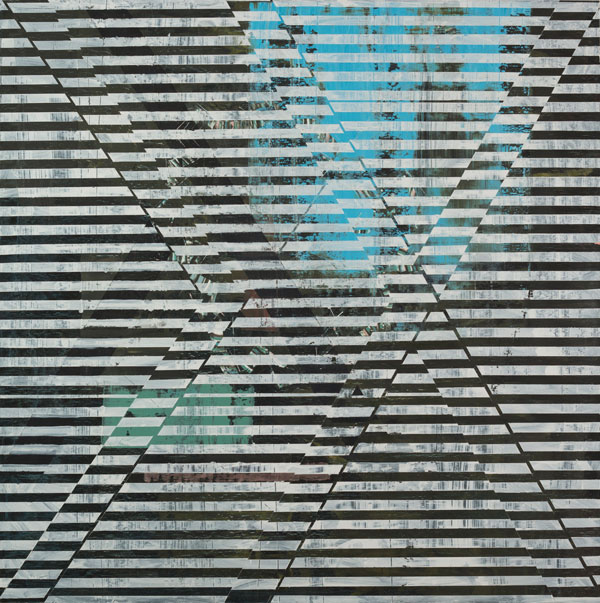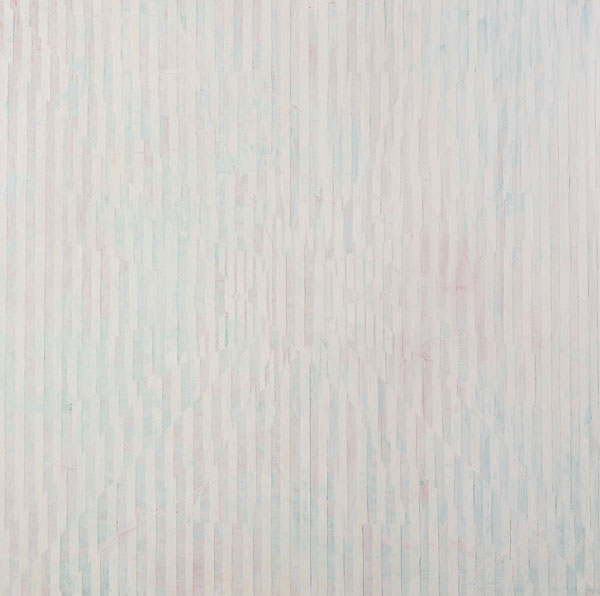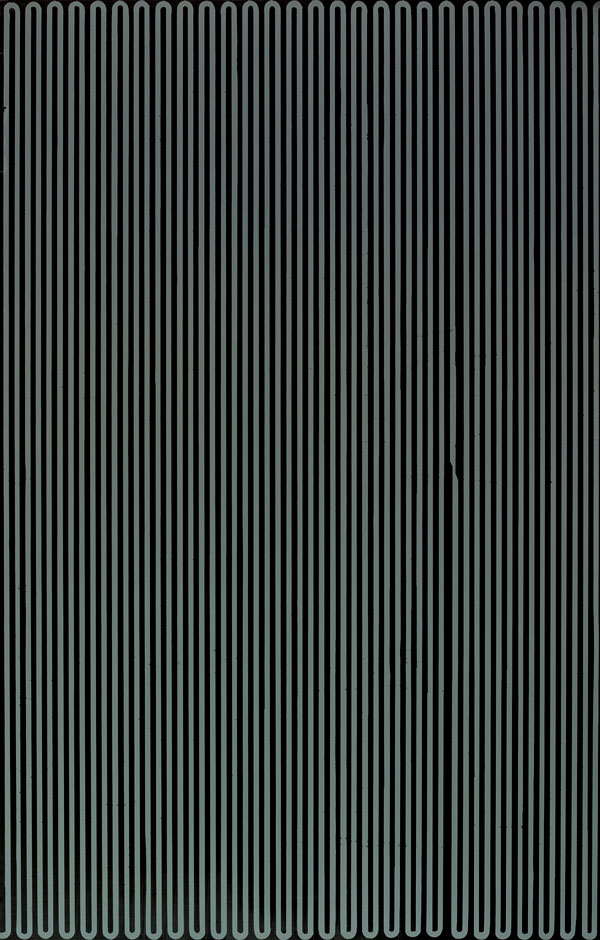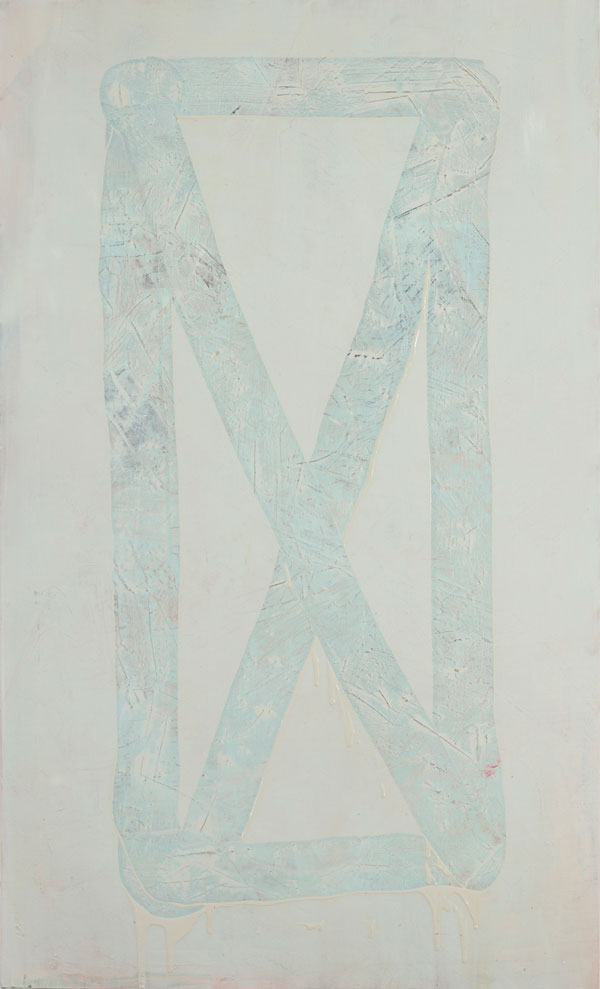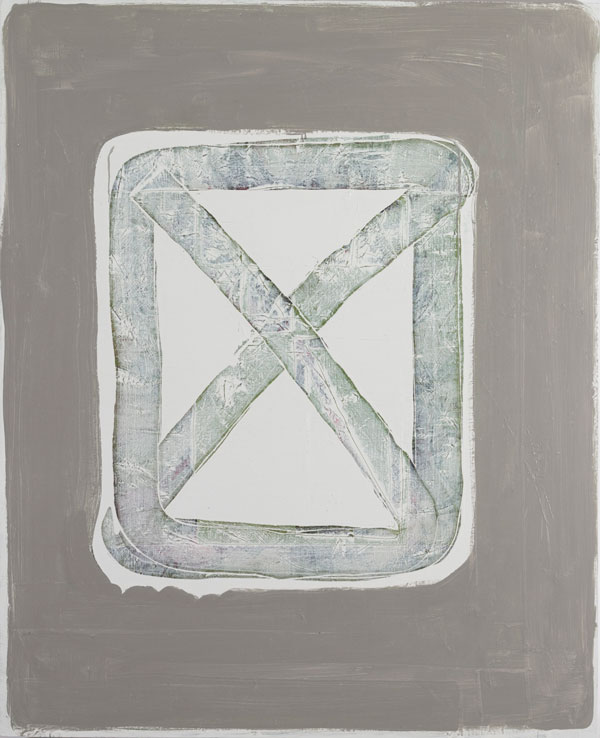There is a strange thing… If you were to ask: What is art? I believe most people would proceed to give examples of what is and what is not art, to them. Many would qualify their statement by relating their given example to the relative artistic ability of their granddaughter, nephew, or third cousin’s ex-sister-in-law. However, for as readily as we conceive examples of art, very few can give a definitive explanation of where art begins and ends. There is not a clear and useful dictionary definition. All the same, we pretty much universally acknowledge the same mythical ideals of “art” as something culturally valuable, something that has the potential to affect social or political change, something that is beautiful, yet challenging, something inert, but powerful. Always, these mythical associations are loaded with contradictions. One of my favorite definitions of art comes from artist Oscar Tuazon (whose work I very much enjoy). Oscar said, “Art is an object that is not meant to be.” Immediately that definition draws flags. Take the first part “Art is an object”, the term object is nearly as difficult to define as art. Why did he not instead say, art is a thing... and what of the phrase “not meant to be”? Who determines or could even know which “objects” are meant to be or not; does not the eventual act of becoming indicate some, if only momentary, subjective belief that said object was meant to be? Of course you could carry on dissecting Oscar Tuazon’s, more than likely, off the cuff (but actually quite useful) remark and that would be interesting, but off topic. The point is this, we seem to hold a cultural, sociological, and potentially universal regard for some special quality in art. We actively go to view and experience art in galleries and museums, and even those that don’t actively pursue an art experience generally hold esteem for the idea of art. We all know, and have opinions about names like Rembrandt, Picasso, Warhol, and so on. Now, to contrast that, the Louvre conducted a study that revealed the average viewer spent about 15 seconds looking at the Mona Lisa; keep in mind this is, almost inarguably, the most well-known painting on earth, and the average viewer spends slightly less time looking than they did standing in front of it adjusting their collar for an Instagram photo. All of this is not to say that the Mona Lisa deserves more time, or to deny the existence of “art”, or that Instagram photos are bad, but it’s an explanation of the observations that form my fundamental inquiry as an artist. As I work, I face a conflict between my fondness for traditional painting and the demand for more contemporary, interactive experiences. Consequently, I see my work moving toward a more anthropological questioning of the place which actual contemporary works of art holds in our lives compared to the broad, generalized idea of “art” which we seem to maintain as a society. Continuing in my practice, I aim to explore, in greater depth, both ties and gaps between the art world and the rest of society by evaluating how art is conceived, manufactured, evaluated, and consumed, by artists, viewers, users, etc. all of them occupying shifting roles of subject and object.
In my most recent work, I am exploring how primary elements (line, shape, color) may be manipulated to provide an impetus for personal analogy. Often, there is an insinuation or metaphor in the work; a suggestion of a symbol-like image or icon intended to elicit viewers’ personal, subjective conceptualizations of potential meanings within the perceived “work of art.” Using a reductive visual language, formal and material relationships are emphasized, thus foregrounding the tangible, physical object against the more elusive, intangible dialogue occurring between an active viewer and the objective image.
